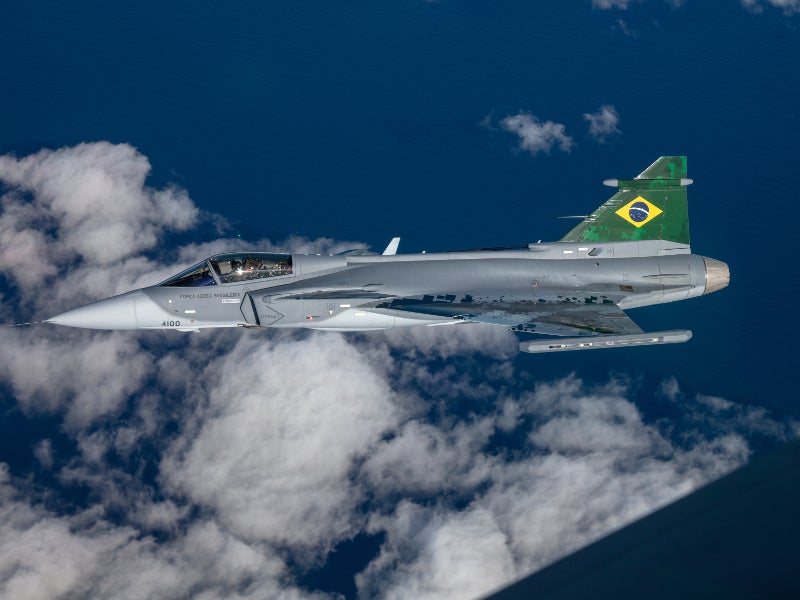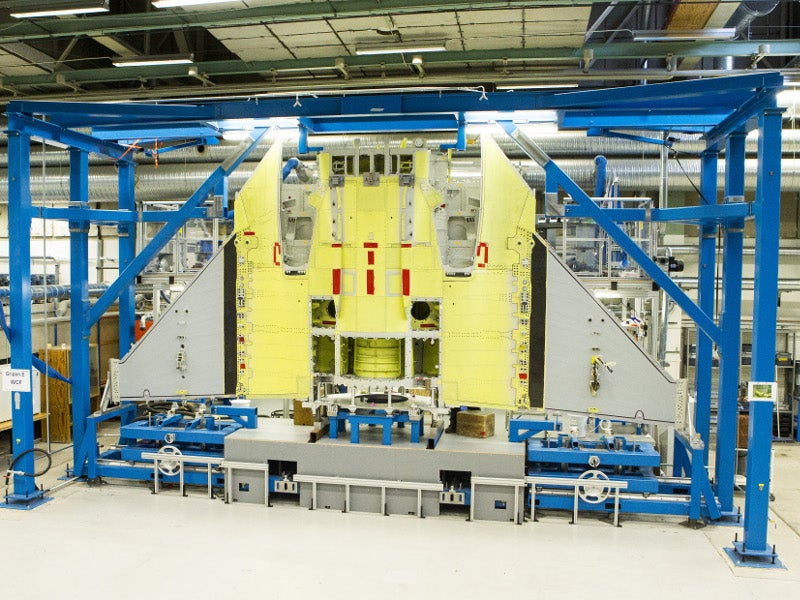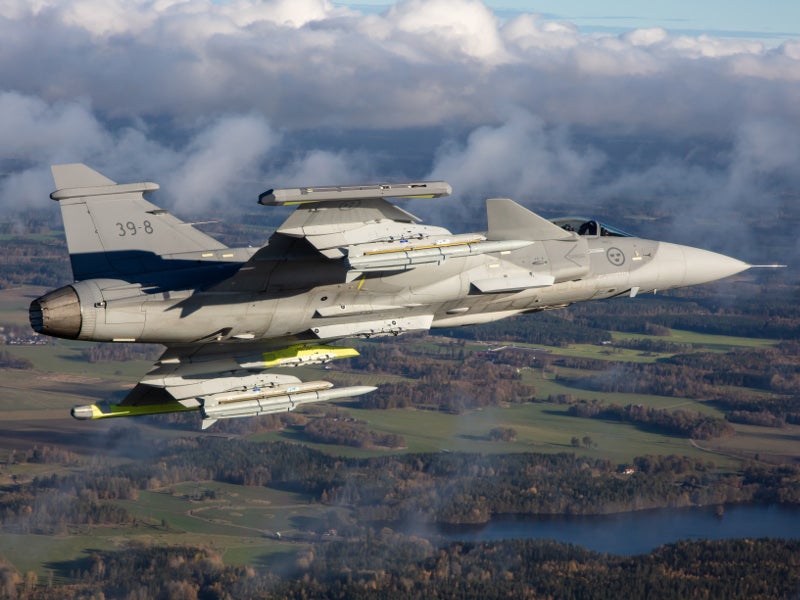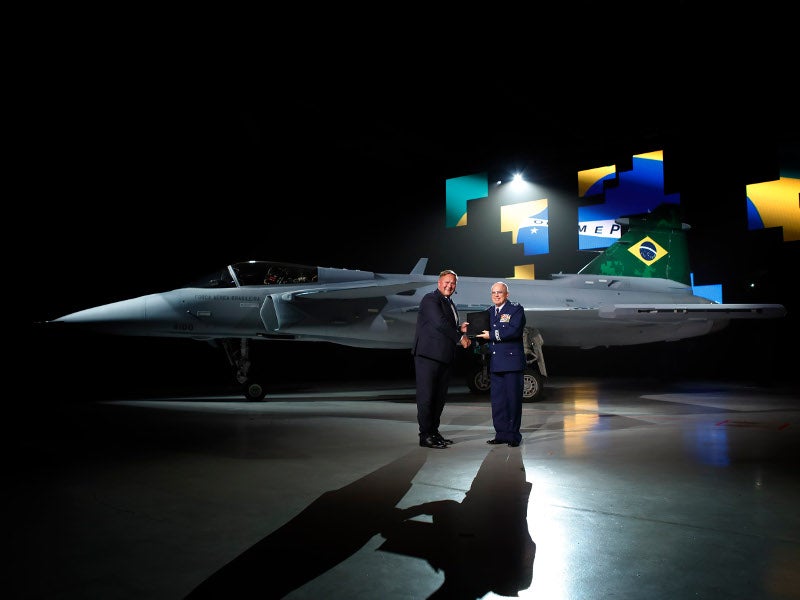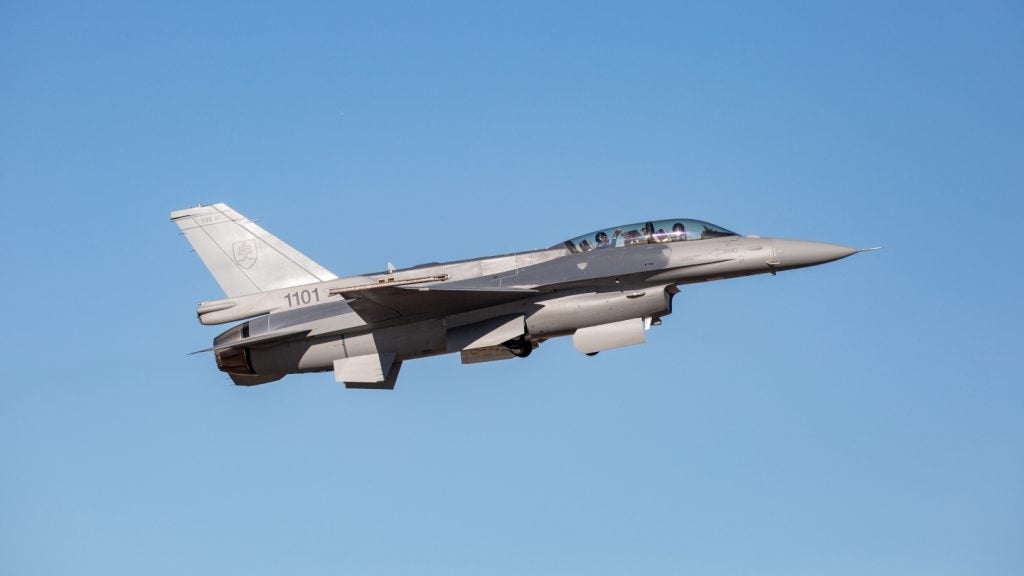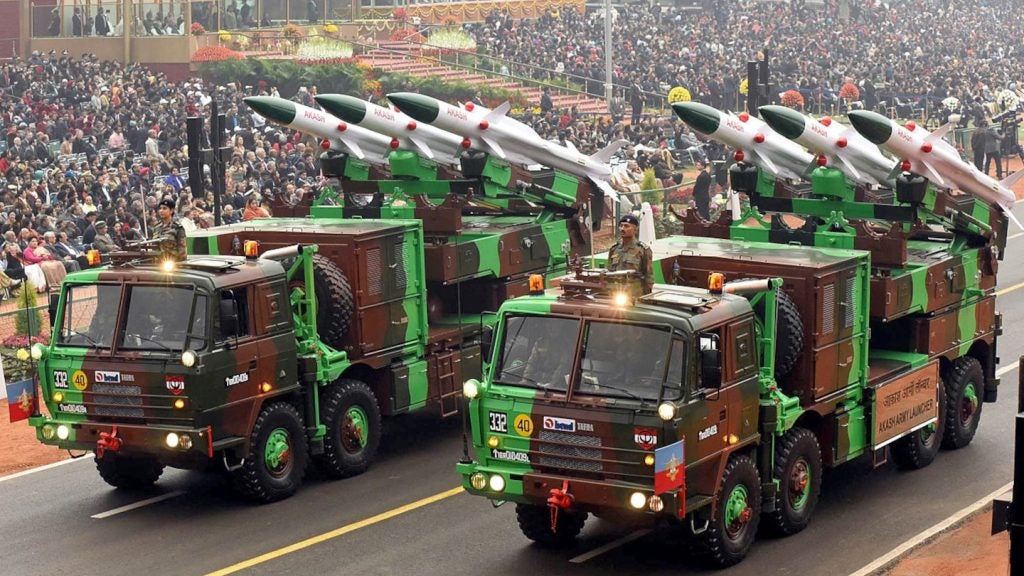Gripen E is an enhanced version of the Gripen C/D multi-role aircraft. The new fighter aircraft will replace the Swiss Air Force’s fleet of Northrop F-5E/F Tiger. Saab performs modifications and related construction works for the aircraft by using components supplied by Swiss companies.
Saab started construction of the pre-production Gripen E test aircraft, designated as 39-8, in July 2013. Initial construction works involve assembly of the aircraft’s front fuselage, while the payload mounting works are carried out by RAUG.
New components being integrated with the multi-role fighter were tested and proved in the Gripen 39-7 E/F demonstrator programme, with the test aircraft having flown for more than 250 hours in Sweden, the UK, India and Switzerland since 2008. The testing of the Gripen E is overseen by Armasuisse.
A Gripen E aircraft fitted with new sensor IRST (Infra Red Search and Track) completed its maiden flight in April 2014. The first test aircraft was rolled out in May 2016. The first Brazilian Gripen E fighter completed its maiden flight at Saab’s airfield in Linköping, Sweden, in August 2019. The aircraft was delivered to the Brazilian Air Force for testing, in September 2019.
Gripen E design details
The Gripen E has an overall length of 15.2m, wingspan of 8.6m, and maximum takeoff weight of 16,500kg. The maximum speed of the aircraft is Mach 2 at high-altitude, while the speed at low -altitude is 1,400km/h.
The one seater aircraft features ten pylon stations, which enable it to carry reconnaissance pods, weapons and external fuel tanks. Its turnaround time is ten minutes in air-to-air configuration and 20 minutes, while carrying weapons for air-to-ground combat.
The aircraft’s internal fuel tanks with a combined capacity of 3.4t are approximately 40% larger than those of its former version. The increased volume is made possible by moving the landing gear from the fuselage of the aircraft out to the inner wings.
Cockpit
The Gripen E features a digital cockpit with three large multi-functional displays (MFD) including a few 3D screens. The cockpit also features a hands-on-throttle-and-stick (HOTAS) which provides superior situational awareness for the pilot.
Weapons carried on Gripen E fighter
The air-to-air missiles on the Gripen E include infrared-guided short range IRIS-T missile, and the Meteor missile, which is a beyond visual range air-to-air missile (BVRAAM). The aircraft also has the flexibility to be fitted with Sidewinder and A-Darter missiles to replace the IRIS-T, and the Advanced Medium Range Air-to-Air Missile (AMRAAM) missile to replace the Meteor. It can further be fitted with long range weapons such as R-Darter and Derby, and short-range weapons such as ASRAAM and Python.
The Gripen E can also be integrated with a number of air-to-surface weapons including unguided Mk82, Mk83 and Mk84 bombs, laser-guided bombs such as GBU-12, GBU-16 and GBU-10, and advanced bombs such as GBU-49 and GBU-39. Air-to-surface missiles such as RBS15F ER, TAURUS KEPD 350, AGM-65 Maverick, and MBDA’s dual-mode Brimstone (DMB) can also be integrated into the Gripen E.
The aircraft features a 27mm all-purpose Mauser BK27 high velocity gun providing both air-to-air and air-to-surface attack capability. It is also equipped with a missile approach warning (MAW) system and is capable of carrying more chaff packets and flares compared with similar aircraft, enhancing its survivability.
Gripen E’s radars, sensors and communication systems
The fighter features Selex’s ES-05 Raven active electronically scanned array (AESA) radar system. Fitted on a swashplate at the nose of the aircraft, the radar provides an angular field of view of 100° and look behind capability.
The passive Infrared Search and Track (IRST) sensor system fitted to the aircraft is the Skyward G supplied by Selex. It is also mounted on the nose of the aircraft and does not emit signals. The aircraft is further fitted with a passively listening advanced electronic warfare (EW) system.
Rafael’s Litening III Laser Designation Pod (LDP) is fitted to the aircraft for attacking ground targets using laser-guided bombs. The LDP also integrates a forward looking infrared (FLIR) sensor and a charge-coupled device (CCD) camera.
The Gripen E can be optionally fitted with different pod systems, including Saab’s own Modular Reconnaissance Pod System (MRPS), Rafael’s Reccelite and Thales’ digital joint reconnaissance pod (DJRP).
The aircraft can be fitted with regular radios, Havequick/SATURN frequency hopping secure radio, long-distance satellite communication systems, including the Link 16 for wide-area command and control (C2), which is compatible with FLORAKO radar system.
It is also fitted with a ground data link called ROVER, which provides communication to a Forward Air Controller (FAC) or Joint Terminal Attack Controller (JTAC) on the ground.
GE F414G engine for Gripen E
The aircraft is driven by General Electric’s (GE) F414G turbofan engine rated at 22,000lb (98kN). It features a new high-pressure turbine and a new six-stage, high-pressure compressor.
GE was awarded a $250m contract by the Government of Switzerland in December 2011 to supply the engines for the Gripen E. The aircraft’s engine and design enable it to fly at supersonic speed without using an afterburner, saving more fuel and enabling it to stay in the air longer.
Gripen E orders and deliveries
Orders for the new generation aircraft for Sweden are based on the initial agreements signed between Saab and Swedish Defence Materiel Administration (FMV) in February and March 2012. The agreement calls for the modification of 60 Gripen C aircraft to Gripen E configuration for Sweden from 2013 to 2026. Three development orders under the agreement have been made by 2013.
The total value of the orders under the agreement is estimated to be SEK47.2bn ($7.4bn).A framework agreement was signed in August 2012 between the Swedish Defence and Security Export Agency (FXM) and Armasuisse. Switzerland has an option to procure 22 Gripen E aircraft to be delivered between 2018 and 2021 under the agreement.
Both chambers of the Swiss Parliament,National Council (Nationalrat) and Council of States (Ständerat), won majority approvals from its members for the procurement of Gripen E in August 2013 and September 2013, respectively. In December 2014, FMV placed a $50m development order with Saab for Gripen E aircraft.
Saab received an approximately $800m order from FMV to provide role equipment, support and maintenance equipment for Gripen E aircraft, in October 2014.
In December 2018, Saab received SEK430m ($47m) contract from FMV to deliver new equipment for Swedish Gripen E aircraft.
Contractors involved
Saab selected GKN Aerospace for providing technical support, maintenance, repair for Swedish Gripen E’s RM16 engines, in March 2020.
In December 2018, DiSTI was selected for providing its VE Studio to build virtual maintenance trainer (VMT) for the aircraft.

